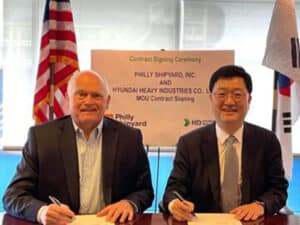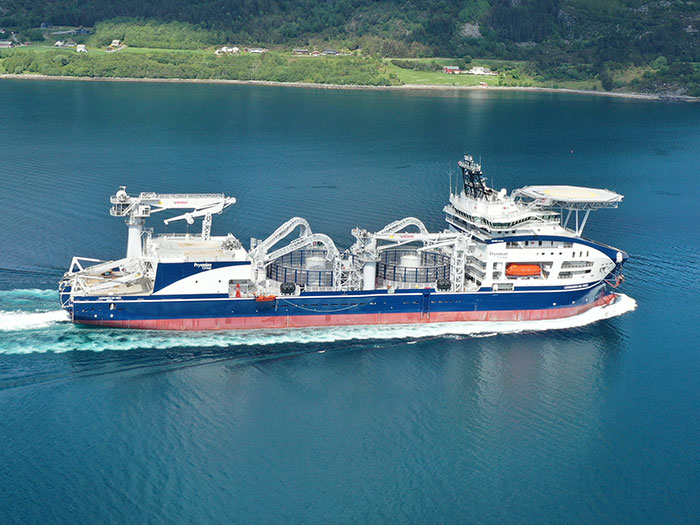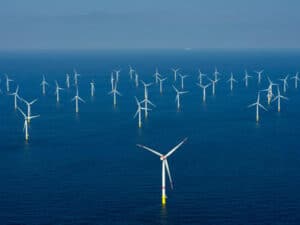
Prysmian takes delivery of game-changing cable layer
Written by Nick Blenkey
Leonardo da Vinci has arrived at Prysmian's Arco Felice plant to load cable
Milan, Italy, headquartered Prysmian Group has taken delivery of the advanced cable laying vessel Leonardo da Vinci. The first mission assigned to the vessel is the installation of the Viking Link submarine cable connection between the U.K. and Denmark, the world’s longest power interconnection.
“Leonardo da Vinci is the most efficient cable layer in the world and from now onwards it will support the group’s long-term growth in the submarine cable installation business,” said Prysmian CEO Valerio Battista. “It will be a game changer in strengthening our leadership in the interconnection and offshore wind farm markets.”
Built by Fincantieri Group member Vard, the vessel has just arrived at the Arco Felice plant in Italy—one of Prysmian’s four centers of excellence for the production of submarine cables — in order to load cable for the Viking Link project. Subsequent jobs lined up for the vessel include work on the submarine power interconnection between the Spanish islands of Lanzarote and Fuerteventura and the Saint Nazaire offshore wind farm in France.
With a length of approximately 170 meters and a breadth of about 34 meters, Leonardo da Vinci has a maximum speed of slightly more than 16 knots. It offers deep water installation capabilities for depths of more than 3,000 meters, possible thanks to a new generation of cable armored with lighter weight materials.
It has the highest cable carousel capacity on the market, with its two carousels having capacities of 7,000 and 10,000 tonnes respectively. The high carousel capacity means the ship can spend more time on the project without having to return to shore to reload. Other features include two independent laying lines and a bollard pull in excess of 180 tonnes, giving the ship the capability to perform complex installation operations and supporting a variety of burial tools. In addition, the cable laying vessel is equipped with state-of-the-art DP3 positioning and seakeeping systems.
All cable handling and installation equipment has been designed by Prysmian.
The high cable load capacity and navigation speed of Leonardo da Vinci allow the number of cable installation campaigns of any project to be significantly reduced. The lower number of transits and the reduced transit time needed enable an overall decrease in CO2 emissions and a reduction in fuel consumption of approximately 40% compared to a traditional cable-laying vessel. Emissions are further reduced by use of a hybrid propulsion system.




